

-
3 years ago
-

0
-

The Shark Pattern
Introduction
Among harmonic patterns, the Shark pattern is a 5–point reversal structure that Scott Carney discovered in 2011.
It is a combination of Fibonacci numbers and the Elliott Wave theory. It is a five–point pattern formation. It is a 5–point reversal structure that Scott Carney discovered in 2011.
Essentially, the Shark consists of an impulse leg and a retracement leg, with the latter not having any particular value. The continuation leg needs to have a 113% Fibonacci extension of BA, but it should not exceed 161.8%.
The Shark pattern helps retest prior support and resistance points as a strong counter–trend reaction. It is a temporary extreme structure that takes advantage of the extended nature of the Extreme Harmonic Impulse Wave.
Description
The Shark pattern is similar to the Bat Pattern, with the exception that point C exceeds the BC leg. A comparatively lesser known harmonic pattern, it is effective if executed properly.
General Rules of Trading in the Shark Pattern
- A typical Shark pattern consists of an impulse leg (XA) that is followed by a retracement leg (B) without any specific value. This is followed by a continuation leg (C) that has to reach at least 113% Fibonacci extension of BA leg without crossing 161.8%.
- Then, you need to draw a Fibonacci retracement of X to C. The pattern must reach 88.6% of the XC Fibonacci retracement and cannot cross the XC 113% extension.
- The BC Fibonacci extension needs to be drawn next. The key to this pattern is the 161.8 extension of the BC extension. It must reach a minimum of 161.8 and cannot exceed 224%.
- The area in which the BC Fibonacci extension and XC Fibonacci retracement overlap is called the Potential Reversal Zone (PRZ). It is the zone where you want to enter trades.
- The PRZ is defined by a 0.886 retracement of the initial leg and a 1.13 reciprocal ratio of the initial leg.
- The target stops can be various retracements of the CD leg, all the way up to C itself. There are different means of determining the most appropriate position for the target stop. You could put it beyond the next structure level after point D, or opt for the 1.41 extension of XA.
Even if the candle closes slightly above or below the boundaries, the pattern is still a valid one. Scott advocates a 3% rule whereby the candle close should not cross the boundaries by over 3%.
As with all harmonic patterns, the Shark pattern can either be bullish or bearish:


Bullish Shark
Bearish Shark
As a conservative trader, you may want to look for additional confirmation before entering a trade based on an indicator value and a specific candlestick pointing toward a reversal or a combination of other methods. The Shark pattern is as effective as other harmonic patterns. One of the common variations on trading this pattern is to complete the last leg.
Conclusion
The Shark pattern is a comparatively new harmonic pattern with a relatively high success rate. It demands immediate change in the character of stock price action immediately following pattern completion. The extreme harmonic impulse wave to be utilized depends on the location of the 88.6% level. The pattern requires a keen observation and an active management to capture the high probability profit segments.
Source Links:
https://www.tradingview.com/ideas/5–0pattern/
https://www.tradingview.com/chart/EURNZD/QVJaBrry–This–is–How–the–5–0–Pattern–Looks–Like–forex/
https://www.orbex.com/blog/2017/03/catch–key–reversals–5–0–pattern
http://strategy4forex.com/trading–on–the–forex–graphical–models–and–patterns/pattern–5–0.html
http://konn7.com/fx/The5–0Pattern.pdf
http://www.autochartpatterns.com/shark–5–0–patterns/
Browse Categories
Featured Posts
 3 years ago
3 years ago
Cypher Pattern
 3 years ago
3 years ago
Crab Pattern
 3 years ago
3 years ago
Butterfly Pattern
 3 years ago
3 years ago
Bat Pattern
 3 years ago
3 years ago
ABCD Pattern
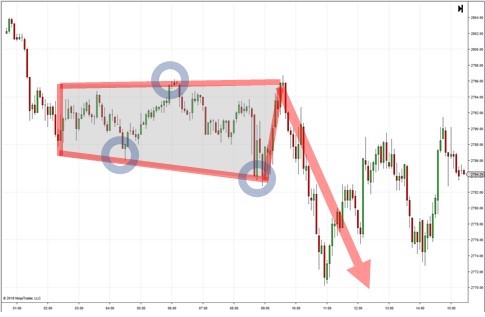 3 years ago
3 years ago
The Rectangle Pattern
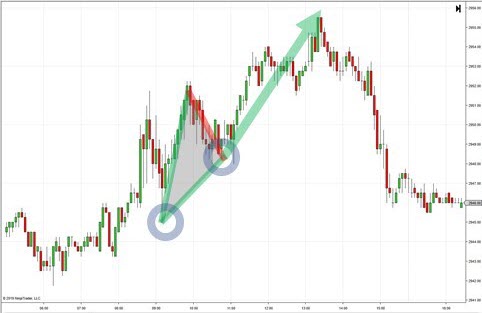 3 years ago
3 years ago
Triangle Patterns
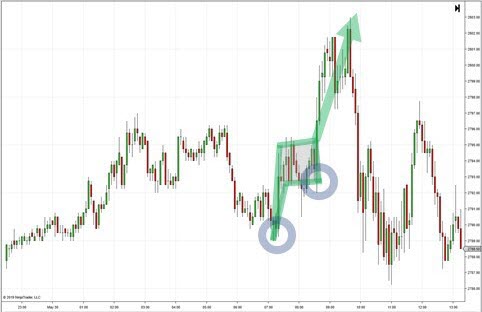 3 years ago
3 years ago
Flag Pattern
 3 years ago
3 years ago
Double and Triple Pattern
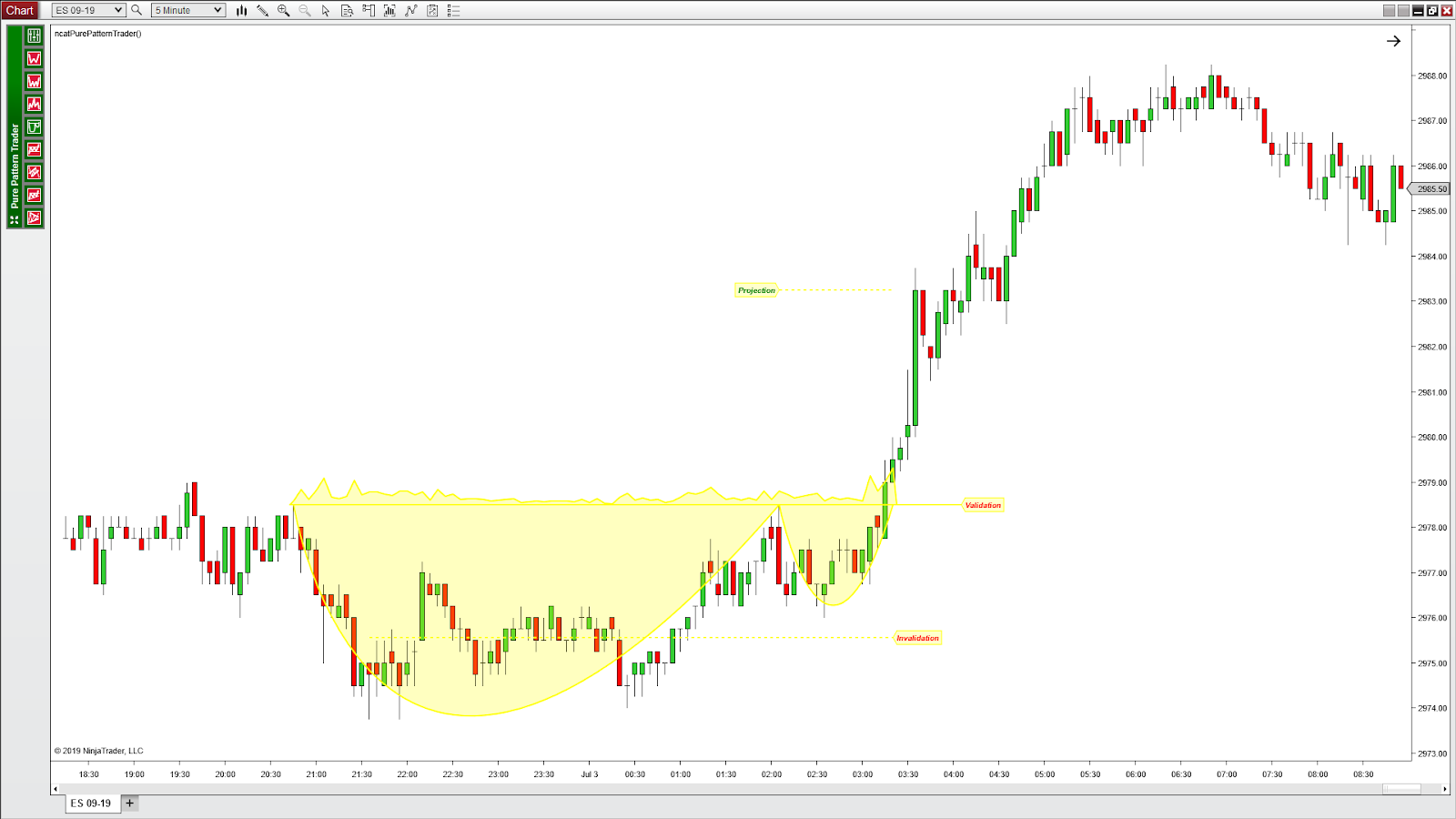 3 years ago
3 years ago
The Cup with Handle Pattern
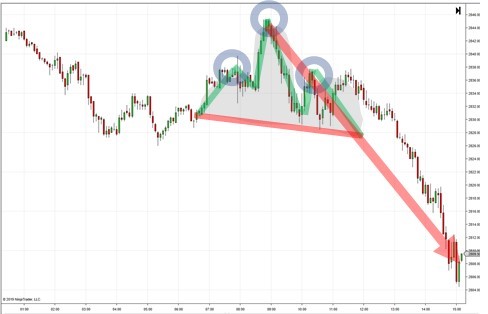 3 years ago
3 years ago
The Head-and-Shoulders Pattern
Popular Posts
Litecoin
3 years agoTape Reading Origins
3 years ago
The Head-and-Shoulders Pattern
3 years ago